
Roots
A subtle whisper, a gentle hum, perhaps a fleeting glance in a mirror, often prompts a quiet question within us ❉ how does the world truly perceive our crown, our hair? For many, particularly those with textured strands, this introspection extends beyond personal style, delving into a societal narrative steeped in history and expectation. Our hair, a vibrant expression of identity, heritage, and spirit, has too often found itself at the crossroads of cultural celebration and systemic scrutiny.
The journey to reclaim its inherent beauty, to see it recognized and respected in every sphere of life, has been long and arduous, yet a discernible shift is taking hold, propelled by legislative actions that seek to dismantle ingrained biases. These laws, like protective balms, aim to soothe the sting of discrimination and cultivate an environment where every coil, curl, and loc is acknowledged as a natural extension of self, not a barrier to opportunity.
The foundations of hair discrimination run deep, stretching back through centuries of societal conditioning. In the United States, this bias is inextricably linked to the painful legacy of slavery and the subsequent imposition of Eurocentric beauty standards. During the era of chattel enslavement, efforts to strip enslaved Africans of their cultural identity included forced hair cutting and the suppression of traditional hairstyles.
Later, in the 1700s, laws such as Louisiana’s infamous Tignon Laws compelled free Black women to cover their elaborately styled hair, a deliberate act to diminish their social standing and reinforce racial hierarchies. This historical continuum demonstrates how hair became a visible marker, a tool for social control and the enforcement of white Anglo-Saxon Protestant cultural norms as the default.
Even after slavery’s formal end, the pressure to conform persisted. The late 19th and early 20th centuries saw the rise of hair straightening products and tools, often marketed as pathways to “societal acceptance” and economic mobility. The psychological toll of this pressure is significant, often leading to internalized racism and negative self-perception, as individuals were compelled to alter their natural hair to navigate educational and professional spaces.
The historical suppression of natural hair textures in various cultures forms a profound backdrop to contemporary legislative efforts against hair discrimination.
The Civil Rights Act of 1964, a monumental stride against racial discrimination, unfortunately left a loophole concerning hair. While it prohibited employment discrimination based on race, it did not explicitly define hair texture or style as protected characteristics, leaving room for discriminatory interpretations by courts and employers. Early legal challenges faced an uphill battle, with some courts ruling that hairstyles like locs were “mutable” characteristics, therefore not protected under existing anti-discrimination statutes. This legal ambiguity underscored the pressing need for clearer, more specific protections that directly address hair-based bias.

Understanding the Precursors to Modern Legislation
Before the recent wave of specific hair anti-discrimination laws, individuals facing hair bias often relied on broader civil rights statutes. These attempts, while sometimes offering partial relief, highlighted the limitations of existing legal frameworks when confronted with the subtle, yet pervasive, forms of hair-based prejudice. The legal landscape required a more precise instrument to safeguard individuals’ rights to express their cultural identity through their hair without fear of reprisal.
- Tignon Laws ❉ Enacted in 1786 in Louisiana, these laws mandated that free Black women conceal their hair with headscarves, serving as a stark historical precedent for legislated hair control.
- Civil Rights Act of 1964 ❉ While a landmark piece of legislation, its lack of explicit mention of hair texture or style allowed for varied judicial interpretations, often failing to shield individuals from hair discrimination.
- Early Court Rulings ❉ Cases such as Jenkins v. Blue Cross Mutual Hospital Insurance (1976) offered some protection for afros, yet other rulings, like those regarding braids, found them to be “mutable” characteristics, outside the scope of racial discrimination protections.
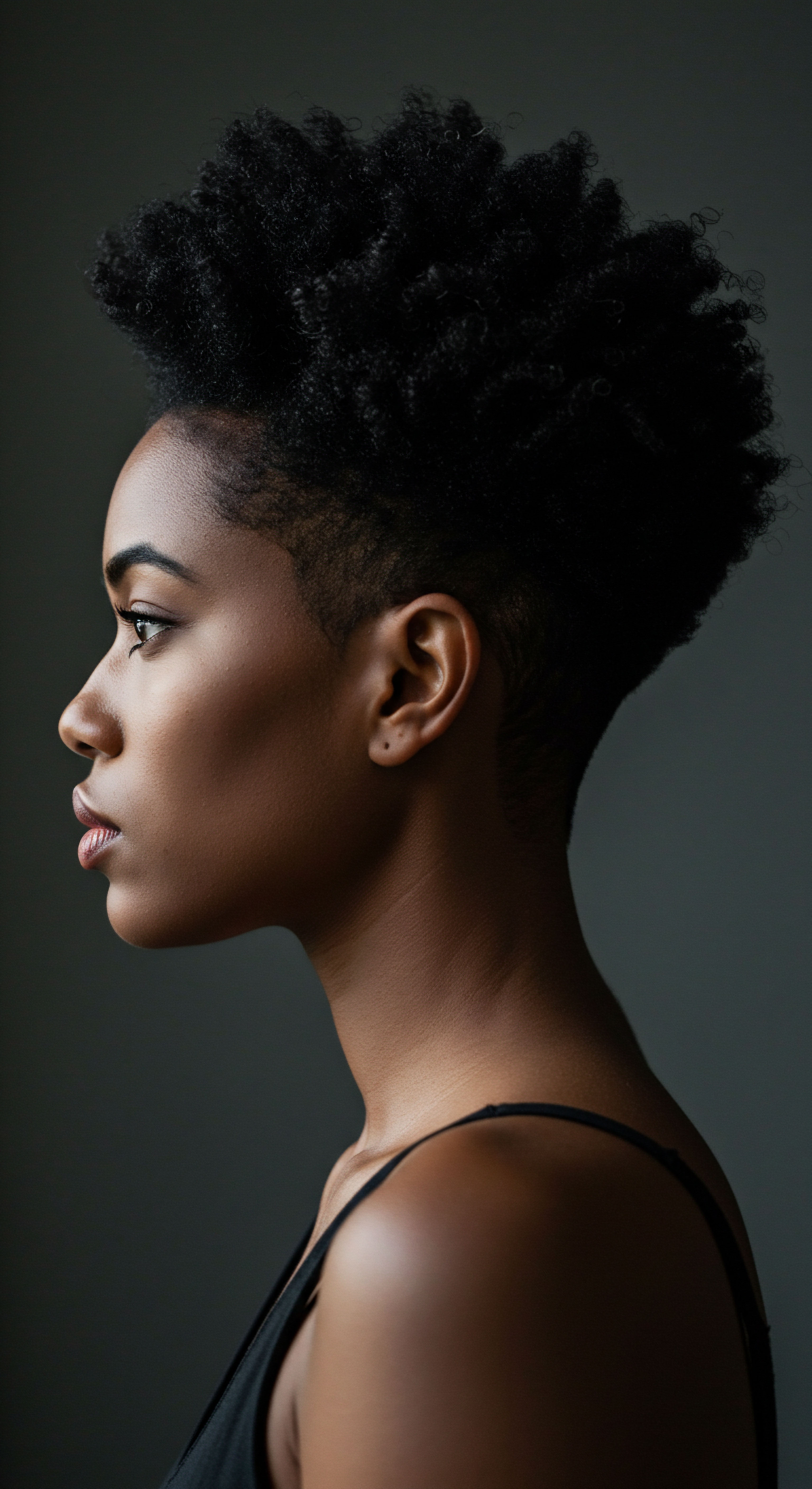
Ritual
Stepping from the historical underpinnings into the tangible present, we encounter the legislative rituals designed to mend past harms and shape a more equitable future. The passage of laws specifically targeting hair discrimination marks a significant shift, moving from a broad interpretation of race to a precise acknowledgment of hair as an intrinsic component of racial and cultural identity. These legislative actions serve as a daily affirmation, a grounding practice in the pursuit of a world where one’s natural appearance is never a barrier to opportunity.
At the forefront of this legislative movement stands the CROWN Act, an acronym for “Creating a Respectful and Open World for Natural Hair.” This law directly prohibits discrimination based on hair texture and protective hairstyles historically associated with race. Its genesis lies in the recognition that existing anti-discrimination laws, while vital, did not fully encompass the specific ways hair bias manifested in schools and workplaces. The CROWN Act addresses this by expanding the definition of race to explicitly include traits such as hair texture and styles like locs, braids, twists, and Afros.
California pioneered this legislative path, enacting the first CROWN Act in July 2019. This groundbreaking move set a precedent, inspiring a wave of similar legislation across the United States. Since then, over two dozen states and numerous municipalities have adopted their own versions of the CROWN Act or comparable laws. Each state’s legislation may vary slightly in its specifics, but the core intent remains consistent ❉ to ensure individuals are not denied employment, educational opportunities, or public services because of their hair.
The CROWN Act, a beacon of legislative progress, directly confronts hair discrimination by explicitly including hair texture and protective styles within the definition of race.

How Does the CROWN Act Protect Individuals?
The CROWN Act provides legal recourse for individuals who face adverse treatment due to their hair. This includes situations in educational settings, where students have been disciplined or sent home for wearing natural styles, and in workplaces, where individuals have been denied jobs, promotions, or subjected to disciplinary action. The law makes it unlawful for employers or schools to enforce grooming policies that disproportionately impact people of color by banning natural or protective hairstyles.
For instance, a policy demanding a “neat and orderly” appearance that then prohibits locs or cornrows can be deemed discriminatory, as it implicitly presumes these styles, common among Black individuals, are inherently messy. The legislation underscores that such policies are often rooted in racial stereotypes and perpetuate discriminatory biases.
A recent study from 2023 highlights the continued challenges, even with legislative progress. Research co-commissioned by Dove and LinkedIn revealed that Black women’s hair is 2.5 Times More Likely to Be Perceived as “unprofessional” by all those interviewed. This same study found that approximately two-thirds (66%) of Black women change their hair for a job interview, with 41% changing from curly to straight. This data point underscores the persistent societal pressures that legislation seeks to counteract, illustrating that while laws provide a framework, deeply ingrained perceptions require ongoing societal shifts.
The federal effort to pass a nationwide CROWN Act has seen significant movement, though it has yet to become law. The bill has passed the House of Representatives multiple times, most recently in March 2022, but has faced obstacles in the Senate, failing to garner sufficient support to overcome a filibuster. Despite this, advocates continue to push for federal protection, recognizing that a national law would provide consistent safeguards across all states and jurisdictions.
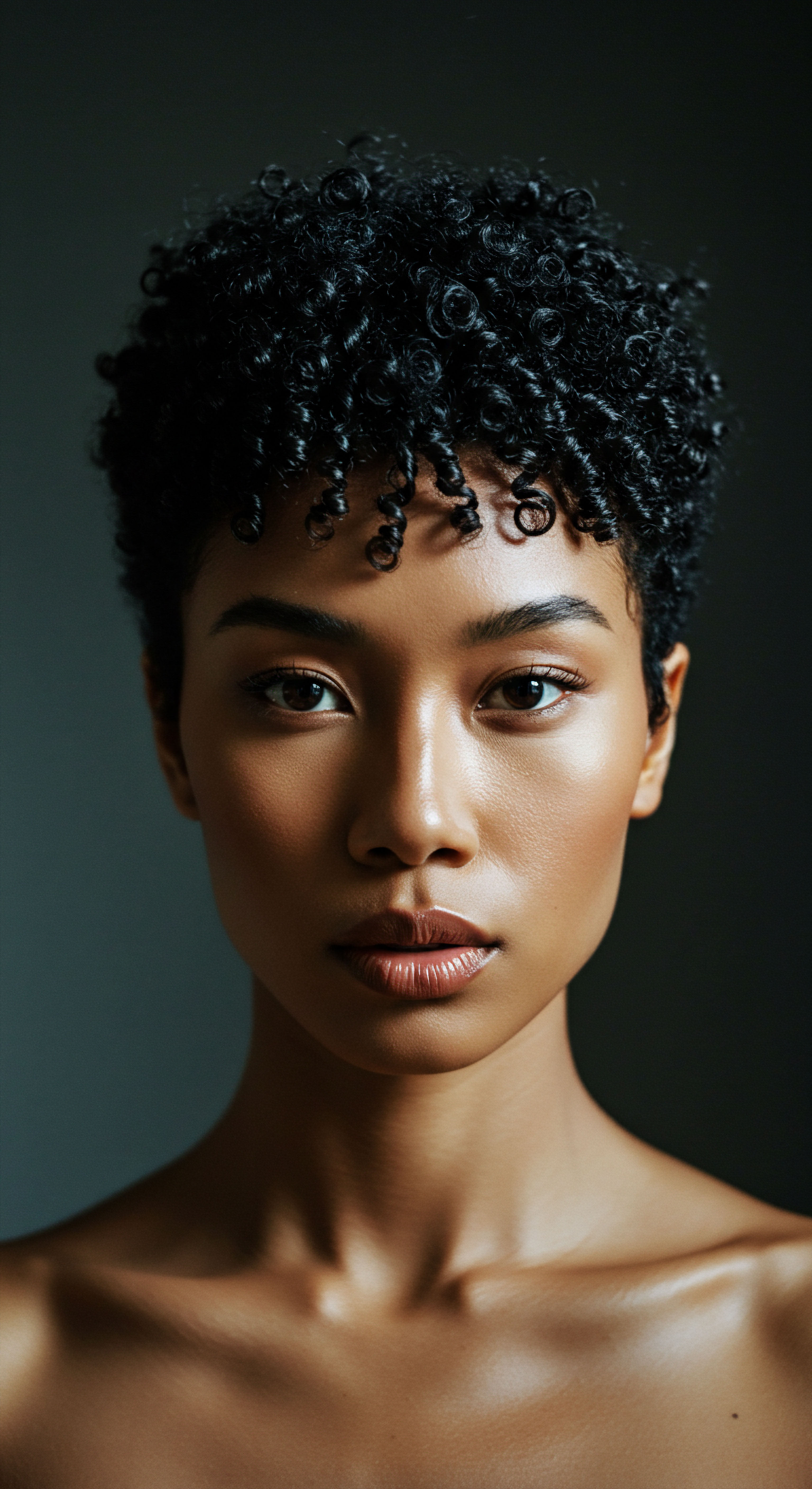
Key Protections Afforded by CROWN Act Legislation
The CROWN Act, in its various state and local iterations, seeks to protect individuals from discrimination in several critical areas:
- Employment ❉ Prohibits employers from denying jobs, promotions, or otherwise penalizing individuals based on their hair texture or protective hairstyles. This includes preventing discriminatory firing.
- Education ❉ Ensures students cannot be disciplined, suspended, or denied educational opportunities due to their natural hair or culturally significant styles.
- Public Accommodations ❉ Extends protections to public spaces, ensuring individuals are not subjected to discrimination in services or access based on their hair.
The table below offers a glimpse into the progress of CROWN Act legislation across the United States, illustrating the states that have adopted these vital protections.
| Region West |
| States with CROWN Act in Effect California, Colorado, Nevada, Oregon, Washington, Alaska |
| Year of First Enactment (where Applicable) 2019 (California) |
| Region Northeast |
| States with CROWN Act in Effect Connecticut, Delaware, Maine, Maryland, Massachusetts, New Hampshire, New Jersey, New York, Vermont |
| Year of First Enactment (where Applicable) 2019 (New York, New Jersey, Delaware) |
| Region Midwest |
| States with CROWN Act in Effect Illinois, Michigan, Minnesota, Nebraska |
| Year of First Enactment (where Applicable) 2021 (Illinois, Minnesota, Michigan) |
| Region South |
| States with CROWN Act in Effect Arkansas, Louisiana, Tennessee, Texas, Virginia |
| Year of First Enactment (where Applicable) 2020 (Virginia) |
| Region Note ❉ This table reflects states where CROWN Act or similar legislation is in effect, based on available data as of July 2024. The specific scope of protection may vary by state. |
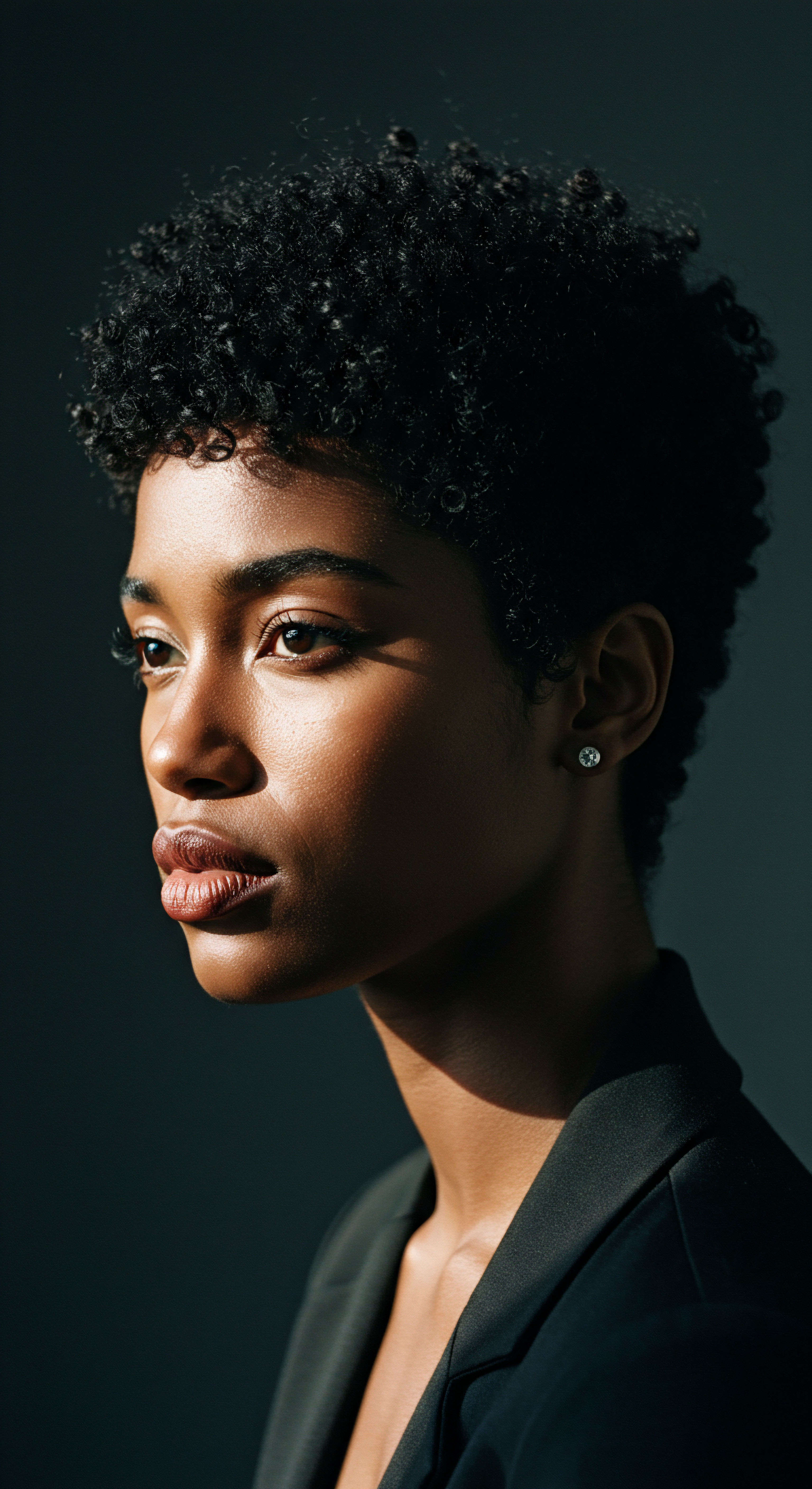
Relay
Having charted the course of legislative responses, our gaze now turns to the intricate dance between legal mandates and the enduring currents of societal perception. The question arises ❉ can legislation alone truly dismantle biases deeply rooted in history and culture? The journey of addressing hair discrimination extends far beyond the legislative chamber, calling upon us to understand the complex interplay of psychological, social, and cultural factors that shape our collective understanding of beauty and professionalism. This deeper exploration invites us to consider how legal frameworks serve as vital catalysts, yet simultaneously reveal the continuing need for broader shifts in consciousness.
While the CROWN Act and similar state laws mark monumental strides, their implementation often brings to light the subtle, yet persistent, nature of discrimination. Laws can prohibit overt acts of bias, but they face a more formidable challenge in addressing unconscious biases and microaggressions that permeate daily interactions. For example, even in states with CROWN Act protections, a 2023 study found that Black women with coily or textured hair are twice as likely to experience microaggressions in the workplace compared to Black women with straighter hair. These subtle slights, while not always legally actionable in isolation, contribute to a cumulative burden that affects well-being and career progression.
The psychological impact of hair discrimination extends beyond immediate professional or educational setbacks. Research indicates that experiences of hair-based stigma can contribute to internalized racism, anxiety, and a chronic stress response, particularly in academic or professional environments where individuals may feel constant pressure to conform. A study involving Black adolescent girls found that those who experienced hair-related discrimination were significantly more likely to report hair dissatisfaction, which, in turn, correlated with increased feelings of depression compared to their peers. This demonstrates that the fight for hair equity is not merely about appearance; it is deeply intertwined with mental health and self-perception.
Beyond legal statutes, confronting hair discrimination requires a sustained cultural shift, acknowledging the profound psychological toll of persistent bias.

What Societal Shifts Must Complement Legal Action?
For legislative actions to achieve their full potential, they must be supported by a broader societal commitment to cultural understanding and dismantling ingrained stereotypes. Education plays a paramount role, from challenging Eurocentric beauty standards in media to fostering inclusivity in educational curricula.
The concept of “professionalism” itself, when applied to appearance, often carries an unspoken Eurocentric bias. Policies that demand “neatness” or “orderliness” can implicitly devalue natural Black hairstyles, perpetuating stereotypes that such styles are inherently unruly. This highlights a need for organizations and institutions to critically examine their internal policies and implicit biases, rather than simply reacting to legal mandates. Training programs that address unconscious bias related to hair and appearance can help cultivate truly inclusive environments.
The table below highlights some of the ongoing challenges that persist despite legislative progress, pointing to areas where deeper societal engagement is needed.
| Challenge Area Unconscious Bias |
| Manifestation Perception of natural hair as "unprofessional" or "less polished." |
| Impact on Individuals Reduced interview opportunities, slower career progression. |
| Challenge Area Microaggressions |
| Manifestation Subtle, often unintentional, comments or actions regarding hair. |
| Impact on Individuals Increased stress, feelings of being "othered," psychological burden. |
| Challenge Area Policy Enforcement Gaps |
| Manifestation Lack of clear communication or training on CROWN Act provisions within organizations. |
| Impact on Individuals Individuals remain unaware of their rights or face continued discrimination. |
| Challenge Area Economic Disparity |
| Manifestation Hair-related discrimination contributing to income loss and limited economic mobility. |
| Impact on Individuals Significant financial burden, perpetuating systemic inequality. |
| Challenge Area These challenges underscore that while legal protections are essential, they represent one facet of a multi-dimensional effort to achieve true equity. |

How Does Hair Discrimination Connect to Broader Systemic Inequities?
Hair discrimination is not an isolated phenomenon; it is a symptom of broader systemic racism and societal inequities. It intersects with issues of racial justice, economic opportunity, and mental well-being. When individuals are penalized for their natural hair, it sends a clear message about who belongs and who does not, impacting self-worth and belonging.
The push for the CROWN Act at the federal level, though stalled, continues to be a vital aspiration. Its passage would provide a uniform standard of protection across the nation, preventing individuals from facing different levels of legal recourse depending on their geographic location. The ongoing advocacy for this federal legislation reflects a deep understanding that the struggle for hair equity is a national civil rights issue.
Ultimately, legislative actions like the CROWN Act serve as powerful declarations of intent, drawing a line in the sand against discriminatory practices. They provide a legal shield, allowing individuals to stand more firmly in their authentic selves. Yet, the deeper work of transforming hearts and minds, of cultivating a society that genuinely celebrates the diversity of human appearance, remains an ongoing, collective endeavor. This requires continued dialogue, education, and a willingness to confront uncomfortable truths about historical biases that have shaped our perceptions of beauty and professionalism for far too long.
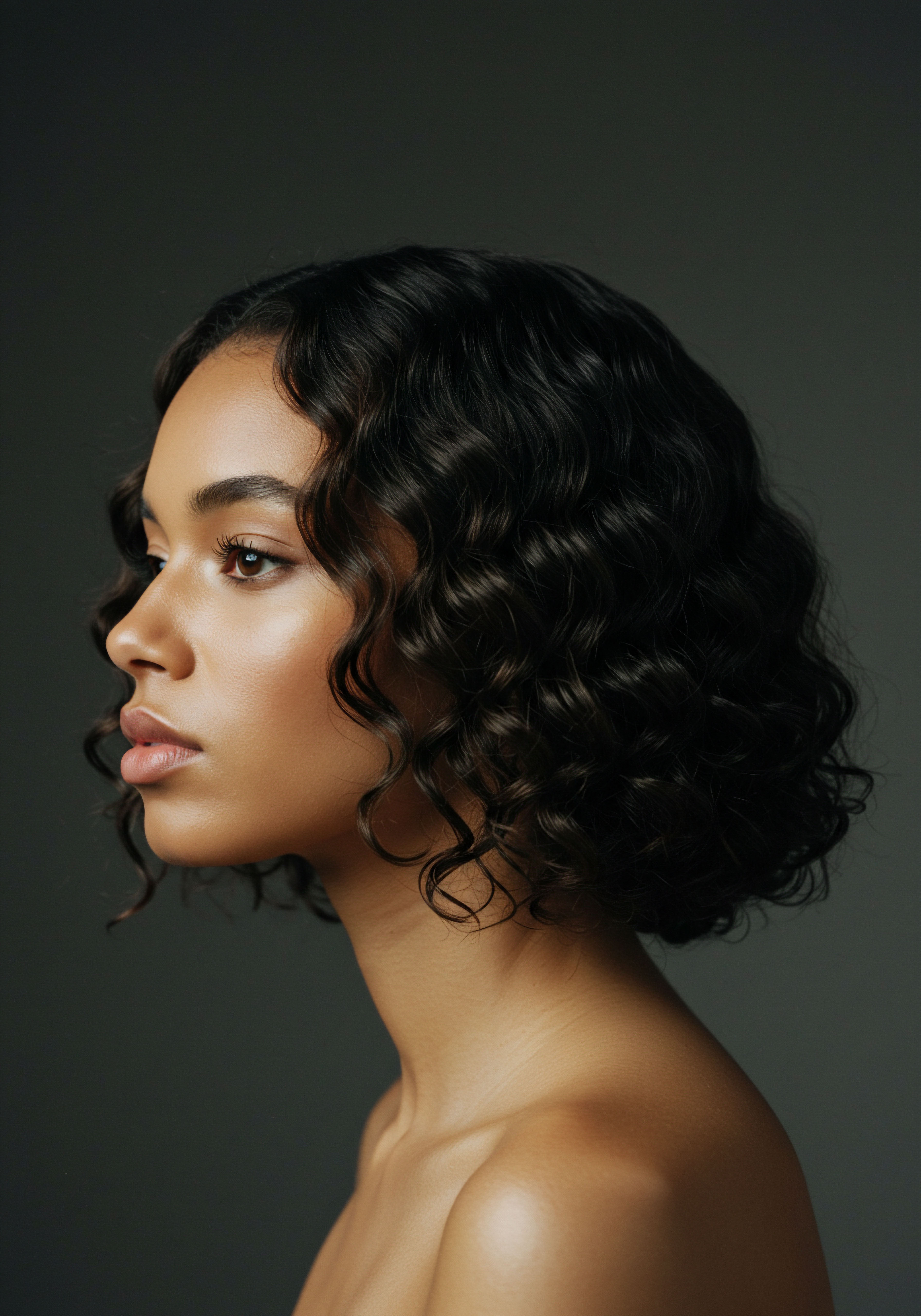
Reflection
The journey toward legislative equity for hair, as we have seen, is a testament to resilience and a profound longing for authenticity. It is a path that reminds us how deeply our outward presentation intertwines with our inner sense of self, our heritage, and our place in the world. The contemporary landscape, dotted with laws like the CROWN Act, offers a measure of solace and a promise of fairer treatment, yet the true work of acceptance unfolds in countless small moments, in classrooms and boardrooms, in the quiet understanding between individuals.
We stand at a precipice, with legal frameworks offering a sturdy handhold, inviting us to reach for a future where every texture, every style, is not merely tolerated, but celebrated as a unique expression of human beauty. The legislative seeds have been sown; now, we tend the garden of cultural understanding, allowing true respect to blossom in every corner of our shared world.
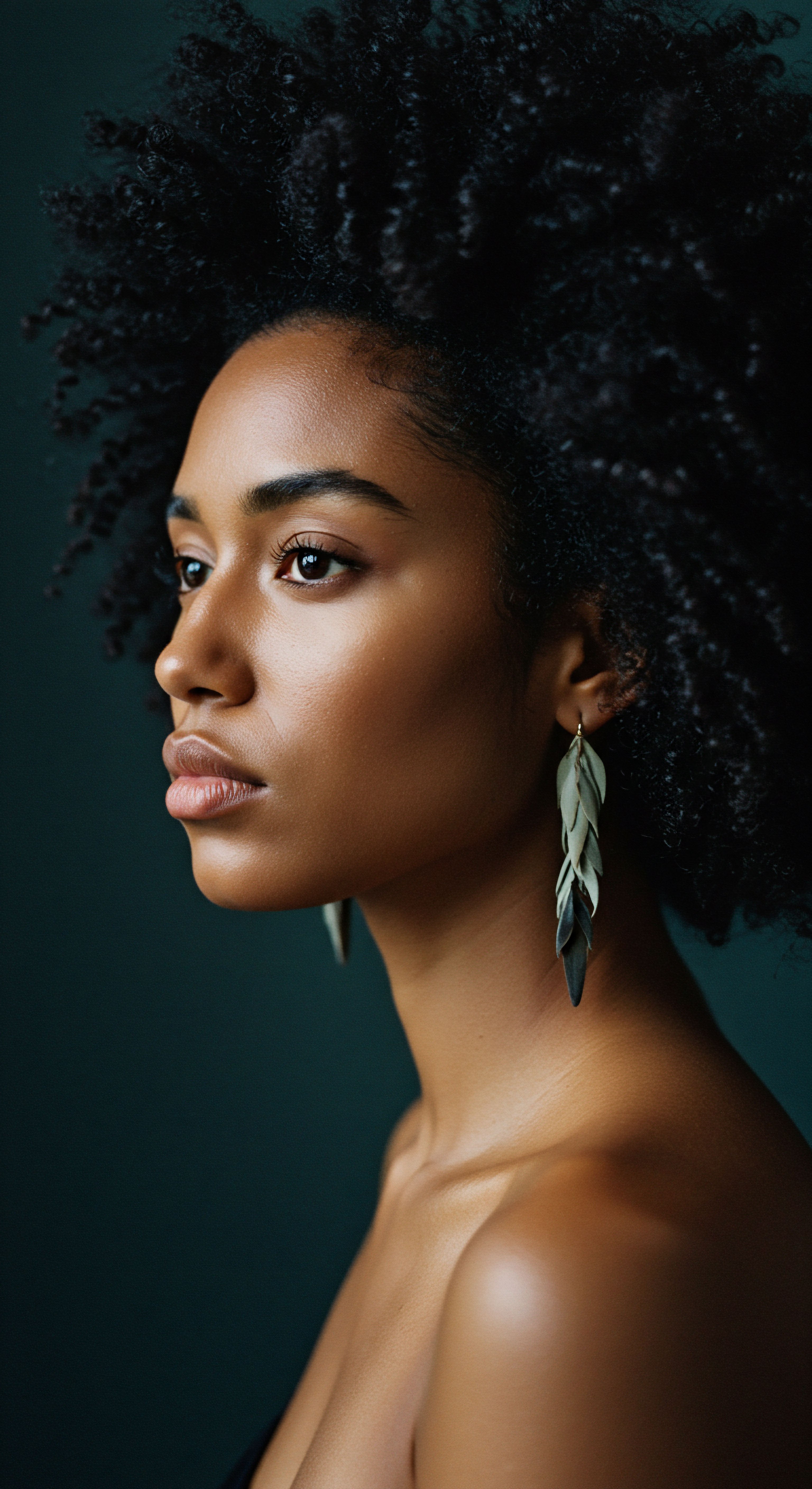
References
- Mbilishaka, Afiya M. “Don’t Get It Twisted ❉ Untangling the Psychology of Hair Discrimination Within Black Communities.” American Journal of Orthopsychiatry, 2024.
- Mitchell, Holly J. The CROWN Act ❉ Creating a Respectful and Open World for Natural Hair. Legislation, California State Senate, 2019.
- Economic Policy Institute. “The CROWN Act ❉ A Jewel for Combating Racial Discrimination in the Workplace and Classroom.” Economic Policy Institute, 2023.
- Dove and LinkedIn. The CROWN 2023 Workplace Research Study. 2023.
- Lisse, Adenique. “Hair Satisfaction and Depressive Symptoms in Black Adolescent Girls.” Body Image, 2025.
- Duke University. “Research Suggests Bias Against Natural Hair Limits Job Opportunities for Black Women.” Duke University, 2020.
- Equal Employment Opportunity Commission. EEOC v. Catastrophe Management Solutions. Case Ruling, 2017.
- McKinsey & Company. Women in the Workplace 2021. McKinsey & Company, 2021.
- Legal Defense Fund. “Hair Discrimination FAQ.” Legal Defense Fund.
- Arefin, Nasreen. “The Impact of Hair Discrimination on Minorities.” Journal of Social Justice, 2020.
- National Museum of African American History and Culture. “Strands of Inspiration ❉ Exploring Black Identities through Hair.” Smithsonian Institution, 2023.